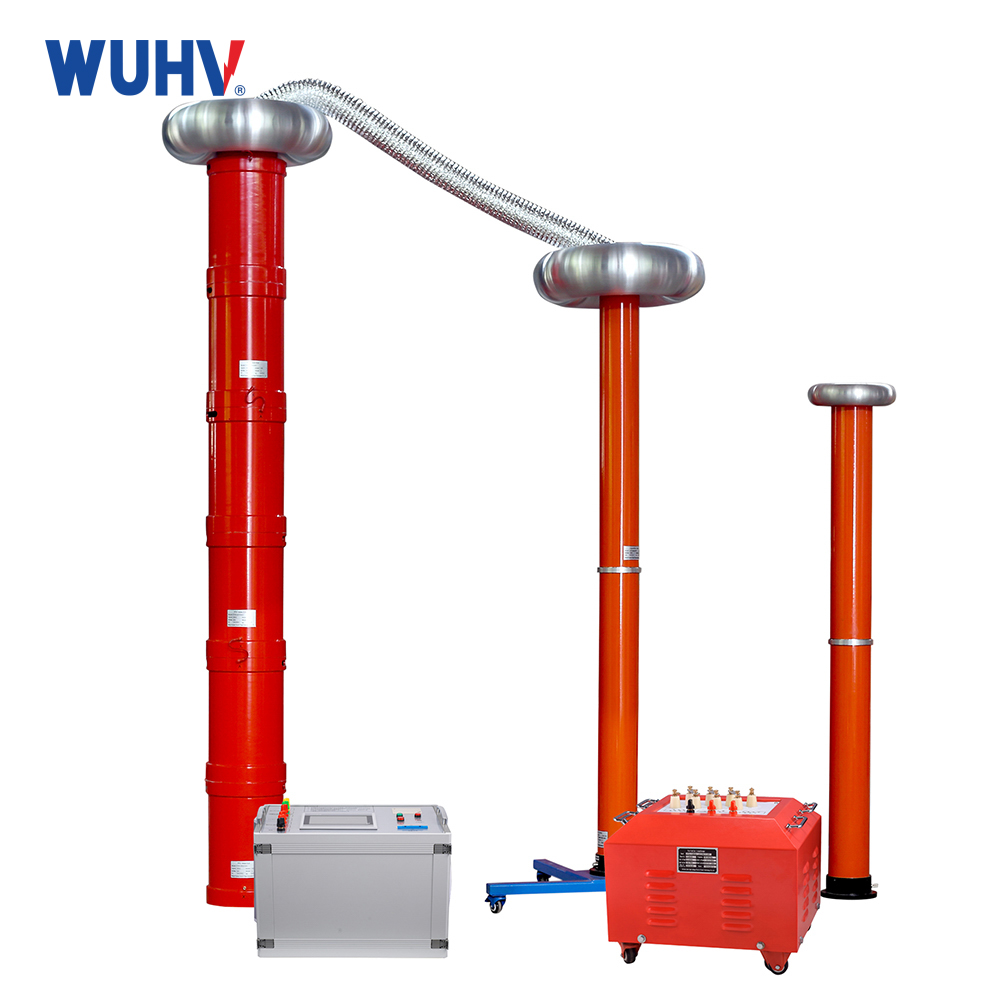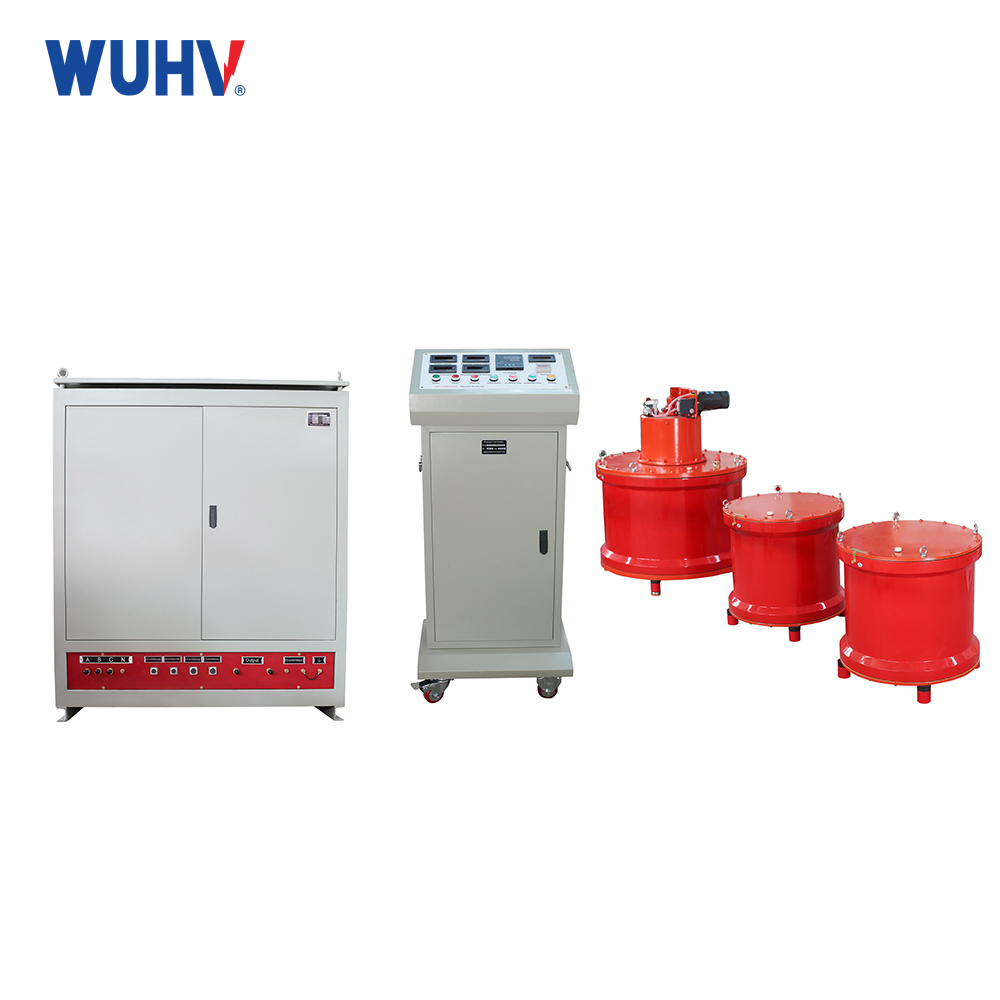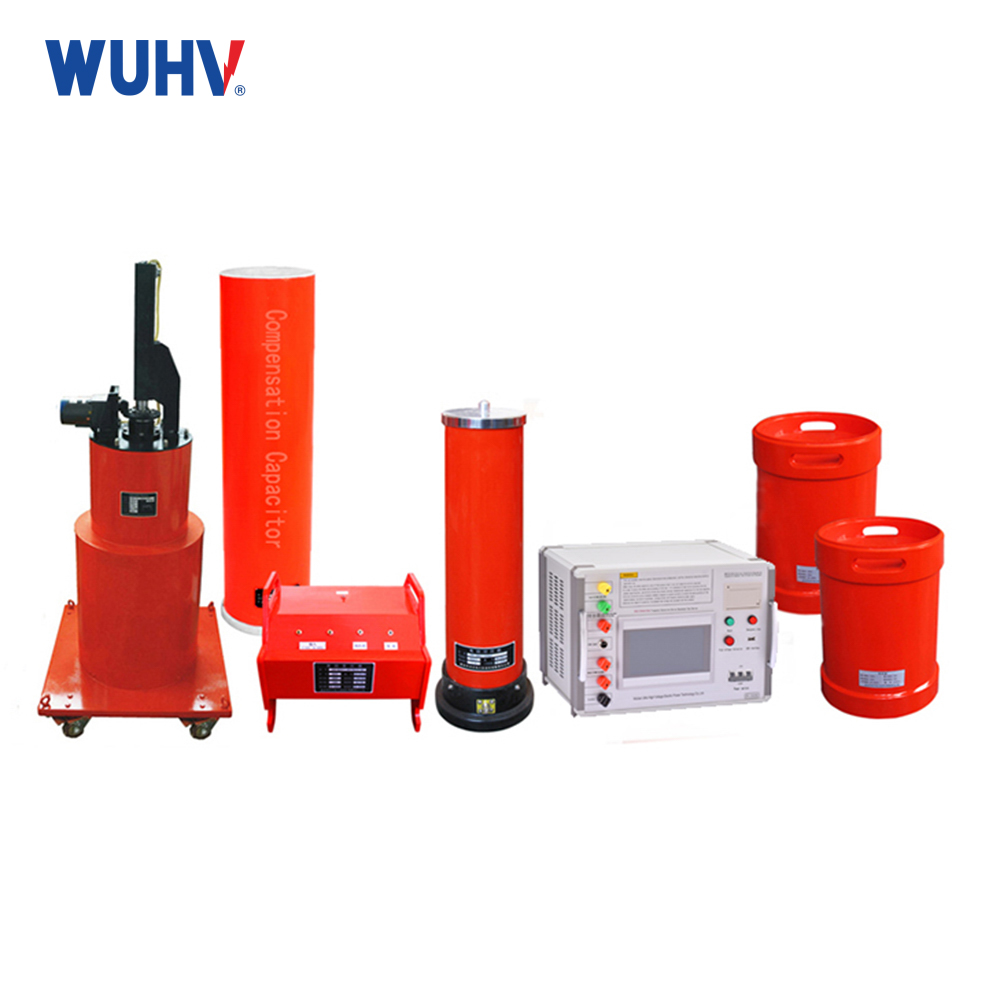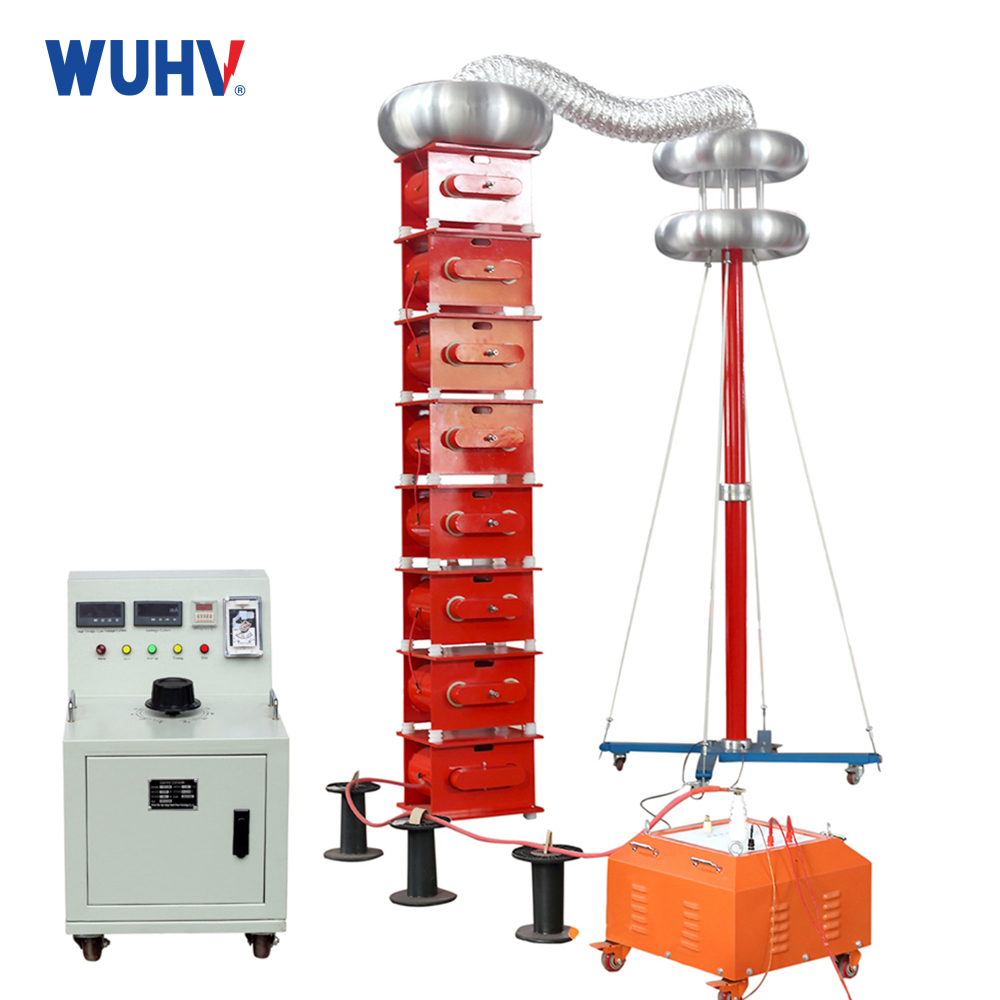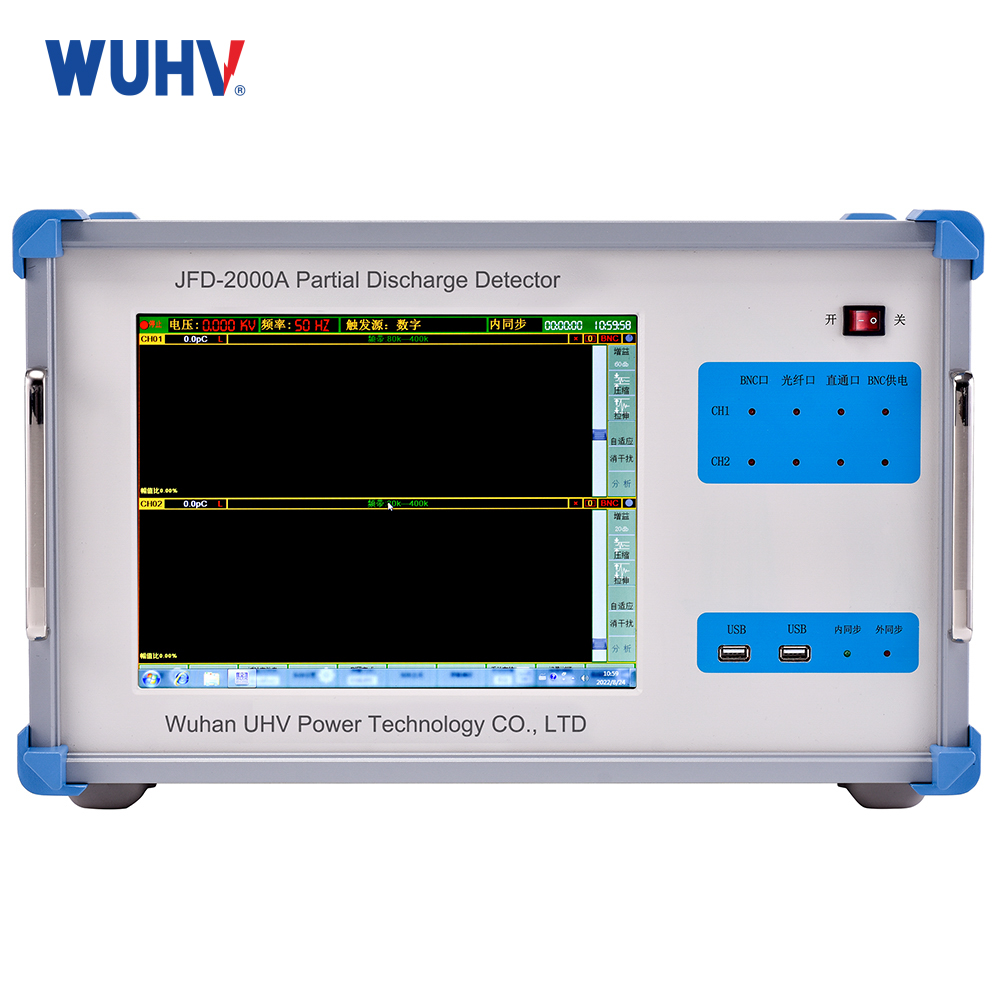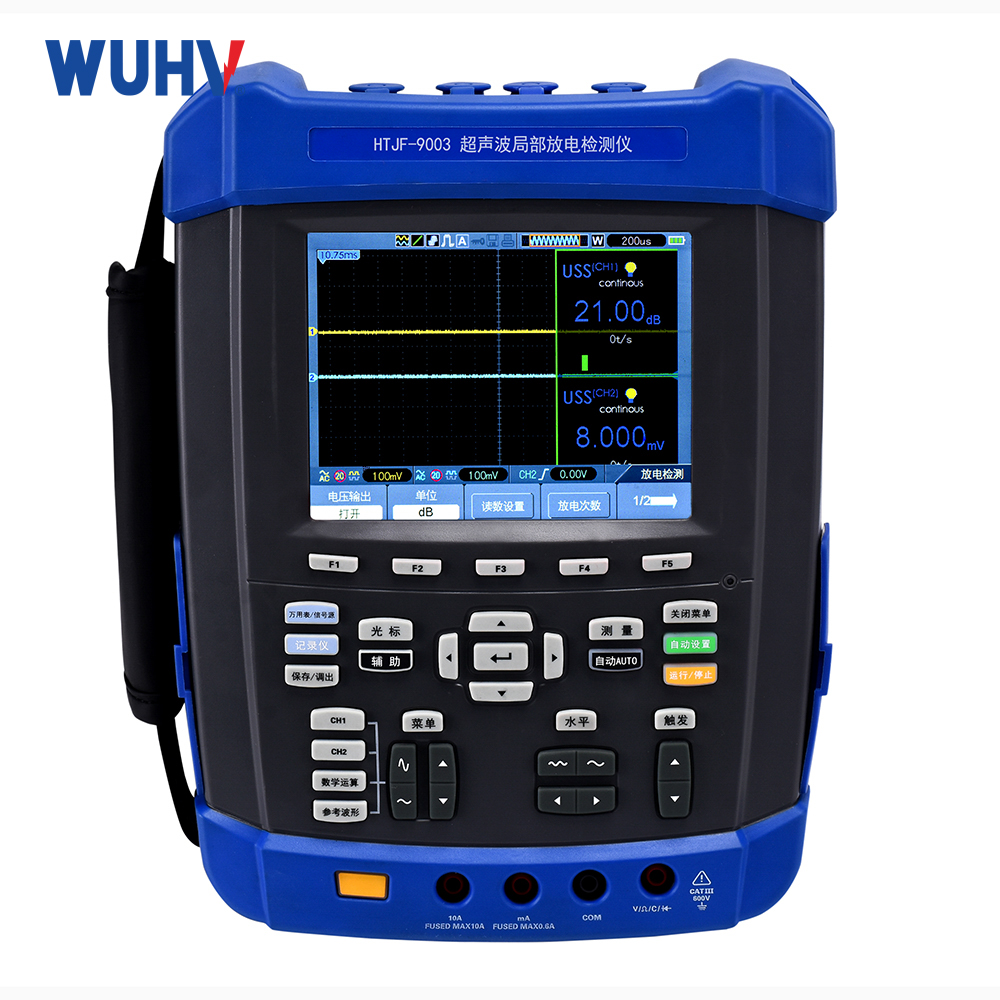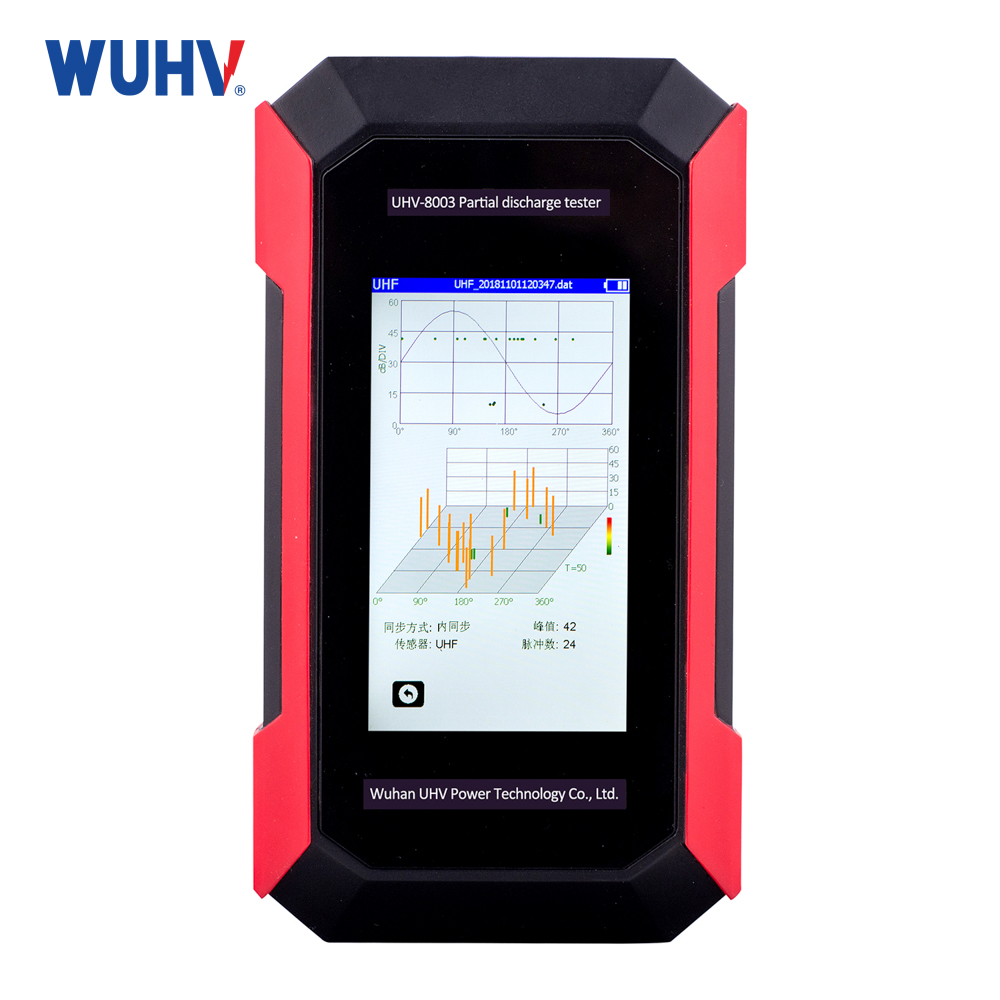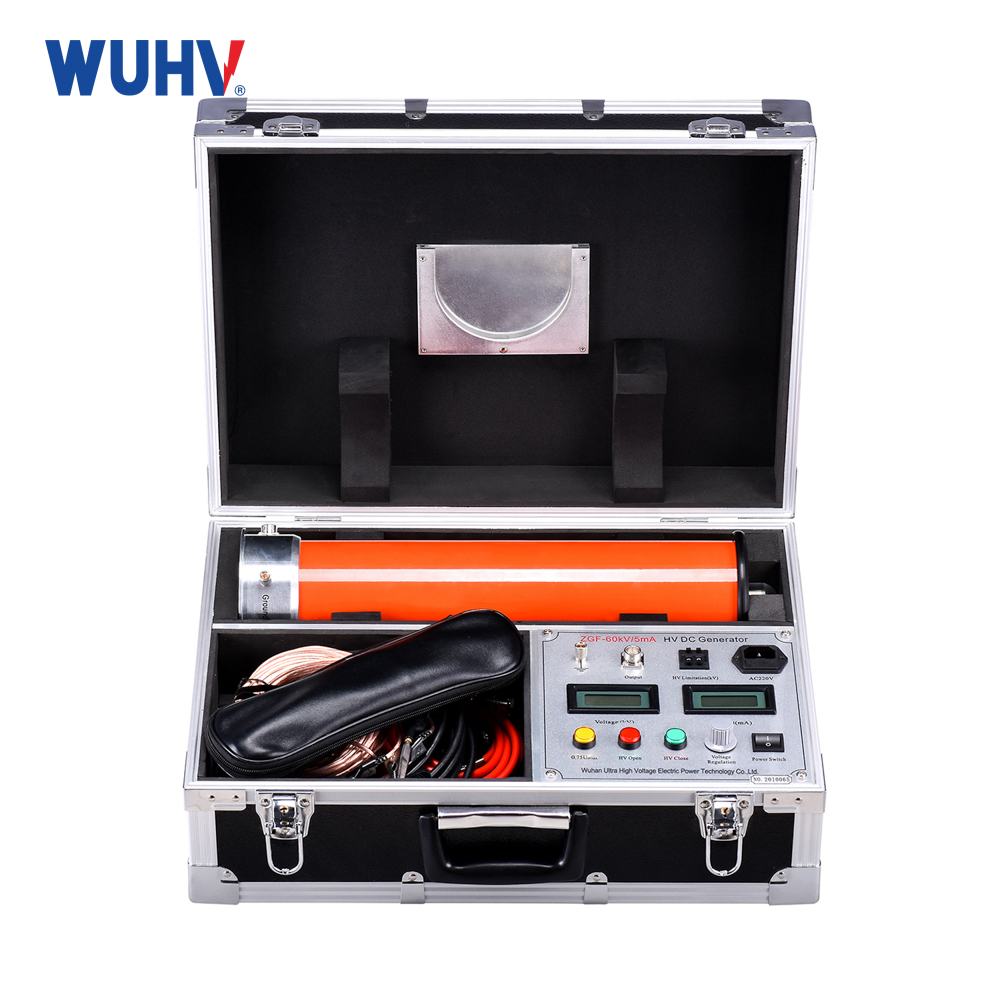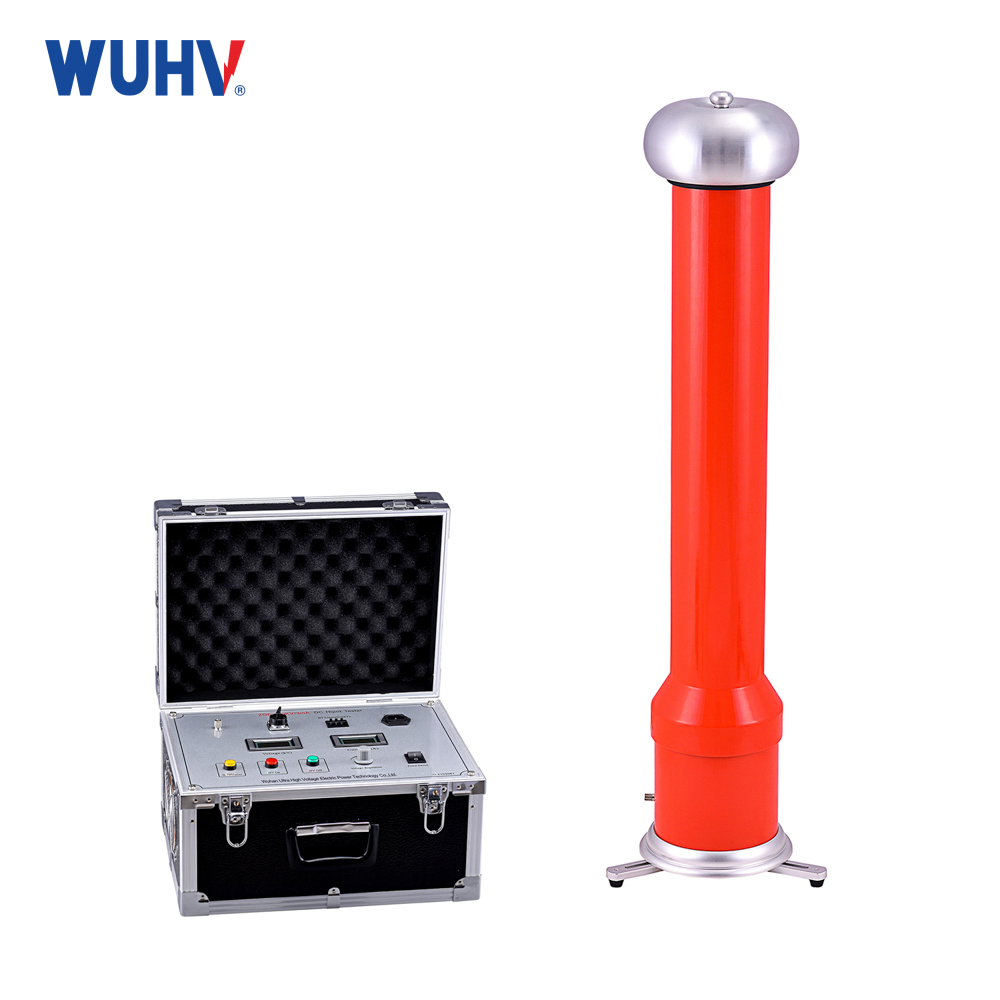Internal faults in power transformers can be classified into two types:
Overheating and discharge faults. According to temperature, overheating faults can be divided into low-temperature overheating, medium temperature overheating, and high-temperature overheating. Discharge faults can be classified into high-energy discharge, low-energy discharge, and partial discharge based on their energy density. Three types.
As for mechanical failures and internal water ingress and moisture, they will eventually develop into electrical failures.
Overheating faults are caused by accelerated insulation degradation due to thermal stress.
If thermal stress only causes the decomposition of insulating oil outside the heat source, the special gases produced are mainly methane and ethylene, which generally account for more than 80% of the total hydrocarbons. As the fault point increases, the proportion of ethylene will increase, and severe overheating will produce trace amounts of acetylene.
When overheating involves solid insulation materials, in addition to the above-mentioned substances, a large amount of carbon monoxide and carbon dioxide will also be produced. If there is no CO and CO2, it may be a local overheating fault of the bare machine.
Discharge faults are insulation degradation caused by high electrical stress.
High energy discharge fault, also known as arc discharge fault, generates a large amount of gas and produces violent gases. It is not easy to perform pre diagnosis by measuring the dissolved gases in oil. Often based on the gas in the oil after a malfunction occurs., Analyze gas composition to diagnose the nature and severity of transformer faults.
The main gases causing high-energy discharge faults are acetylene and hydrogen, followed by ethylene and methane; If solid insulation is involved, the content of CO is also relatively high; Low energy discharge faults are generally spark discharges, and the main fault gases are ethylene and hydrogen.
Due to its low failure energy, the total hydrocarbons are generally not high; The characteristic of partial discharge failure gas is that it has the highest hydrogen content (accounting for over 85% of the total hydrogen hydrocarbons), followed by methane. The consequence of partial discharge is insulation aging. Its development can lead to insulation damage and even accidents.
Diagnostic methods for internal faults in transformers
1. Measure the gas content of fault characteristics (analyze data) and compare it with the focus value of dissolved gas content in oil. If the gas concentration reaches the desired value (150ppm for total hydrocarbons and hydrogen, 5ppm for acetylene), attention should be paid to strengthening tracking and analysis to identify the cause.
2. Although the attention value has certain reference value in reflecting the probability of failure, it is due to the gas content in the oil, the capacity of the transformer, the operating mode, and the operating life. The severity of diagnosing transformer faults cannot be the sole criterion for determining whether equipment is faulty.
On this basis, the influence of gas production rate and other aspects should also be fully considered, with a focus on distinguishing the transformer to be diagnosed and the characteristic gas to be inspected.
Only in this way can we further determine whether there is a fault in the transformer based on analysis and make a preliminary estimate of the nature of the fault.
The gas production rate is directly related to the magnitude of the fault energy, the location of the fault, and the temperature at the fault point. By measuring the gas production rate of the faulty gas, the internal condition of the transformer can be further diagnosed.
3. To clarify the true cause of gas generation and avoid misjudgment caused by non fault reasons, when diagnosing transformers, it is necessary to fully understand the structure, manufacturing, installation, operation, maintenance, and auxiliary equipment of the diagnosed person. transformer. Based on the situation, combined with chromatographic analysis data for comprehensive analysis, to correctly diagnose whether the transformer is faulty.


